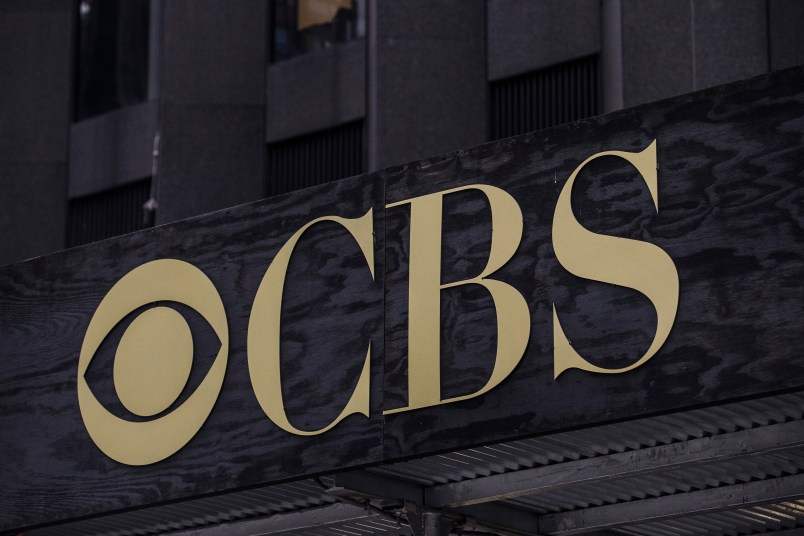The global revival of fascism and white nationalism has gotten me re-reading some of the writers part of the original fascist wave, especially the American poet Ezra Pound. Pound remains at the center of an unsettled debate about the relationship between art and politics. Living in Italy from 1924 to 1945, Pound was a full-on enthusiast for the regime of Benito Mussolini, even broadcasting on its behalf while Italy was at war with the United States. After the war, Pound only avoided being charged with treason by being judged insane. He was institutionalized at St. Elizabeths hospital in Washington from 1945 until 1958.
Pound was a great poet, the true instigator of modernism in the English language poetry, as well as being a fascist madman. The many guests who visited him at St. Elizabeths show the two sides of his personality. He received visits from literary greats like T.S. Eliot, Marianne Moore, William Carlos Williams, Robert Lowell and Elizabeth Bishop. But his hanger ons also included John Kasper, a White nationalist agitator who stirred up a riot in Tennessee against school desegregation.
No critic did more to redeem Pound’s political reputation than Hugh Kenner, author of two important works of advocacy: The Poetry of Ezra Pound (1951) and The Pound Era (1971). Kenner’s governing principle was that Pound’s political activities could be bracketed aside from the poetry, which had an aesthetic value and social vision that was non-fascist.
“With Hitler, Mussolini and General O’Duffy at last out of the way, with the magnetic fields their names commanded now for all time collapsed, one can see what were the real subjects of concern [for writers like Pound],” Kenner wrote in 1967. “That such totems are now discredited does not discredit men who once found some of their doings paradigmatic. Milton’s concern for liberty, in the same way, survives his commitment to Cromwell’s way of implementing it.”
There’s much of value in Kenner’s reclamation of Pound, but I’m not sure we in 2019 are so confident that the “magnetic fields” generated by Hitler and Mussolini have “for all time collapsed.”
Writing in The Nation recently, Evan Kindley points to a disturbing tidbit in a recent book by Daniel Swift:
At one point, Swift travels to Rome to talk with members of CasaPound, an Italian neofascist organization that draws inspiration from Pound’s work and makes use of his name and image in its propaganda. “They call themselves ‘I ragazzi di Ezra’—Ezra’s boys,” he reports. While Pound’s influence is less visible on the American alt-right scene, it isn’t difficult to trace the lines of intellectual genealogy, via the likes of Eustace Mullins and John Kasper, to the present-day demagogues who headlined the “Unite the Right” rally in Charlottesville, such as Richard Spencer, Christopher Cantwell, and Augustus Sol Invictus. (Invictus, in particular, seems to be a Pound aficionado: He has called him “my American fellow fascist” and uploaded his own recitations of Pound’s poetry to YouTube.)
Kenner himself had interesting politics. He was a close friend of William F. Buckley Jr. (best man at his second wedding), a frequent contributor to National Review, and a big part of the conservative intellectual revival of the 1950s and 1960s. I reviewed a recent collection of letters between Kenner and his close friend Guy Davenport for The New Republic. It can be found here.
Here’s an excerpt from my review:
As a conservative modernist, Kenner occupied a precarious position: Liberals distrusted him for his conservatism, conservatives for his modernism. During his tenure as National Review’s poetry editor, Kenner had to fend off readers upset by the vers libre and left-wing politics of William Carlos Williams. “National Review has some of the dumbest readers in the world,” Kenner lamented. The magazine, Kenner noted, had a “stodgy tendency to equate conservatism with resistance-to-all-change-of-preconceptions.” On the flip side, Denise Levertov withdrew a poem from National Review when she discovered the magazine’s politics.







